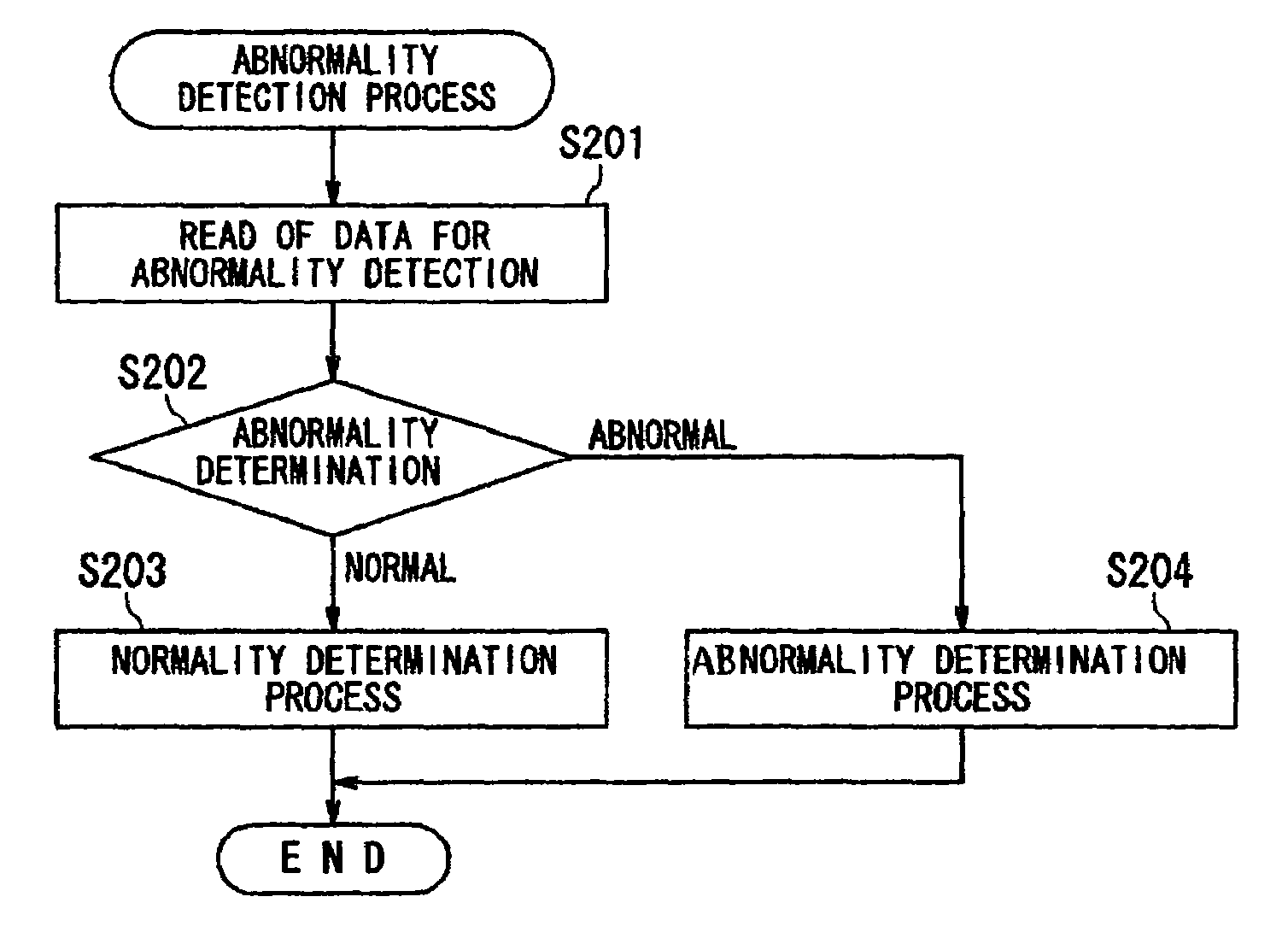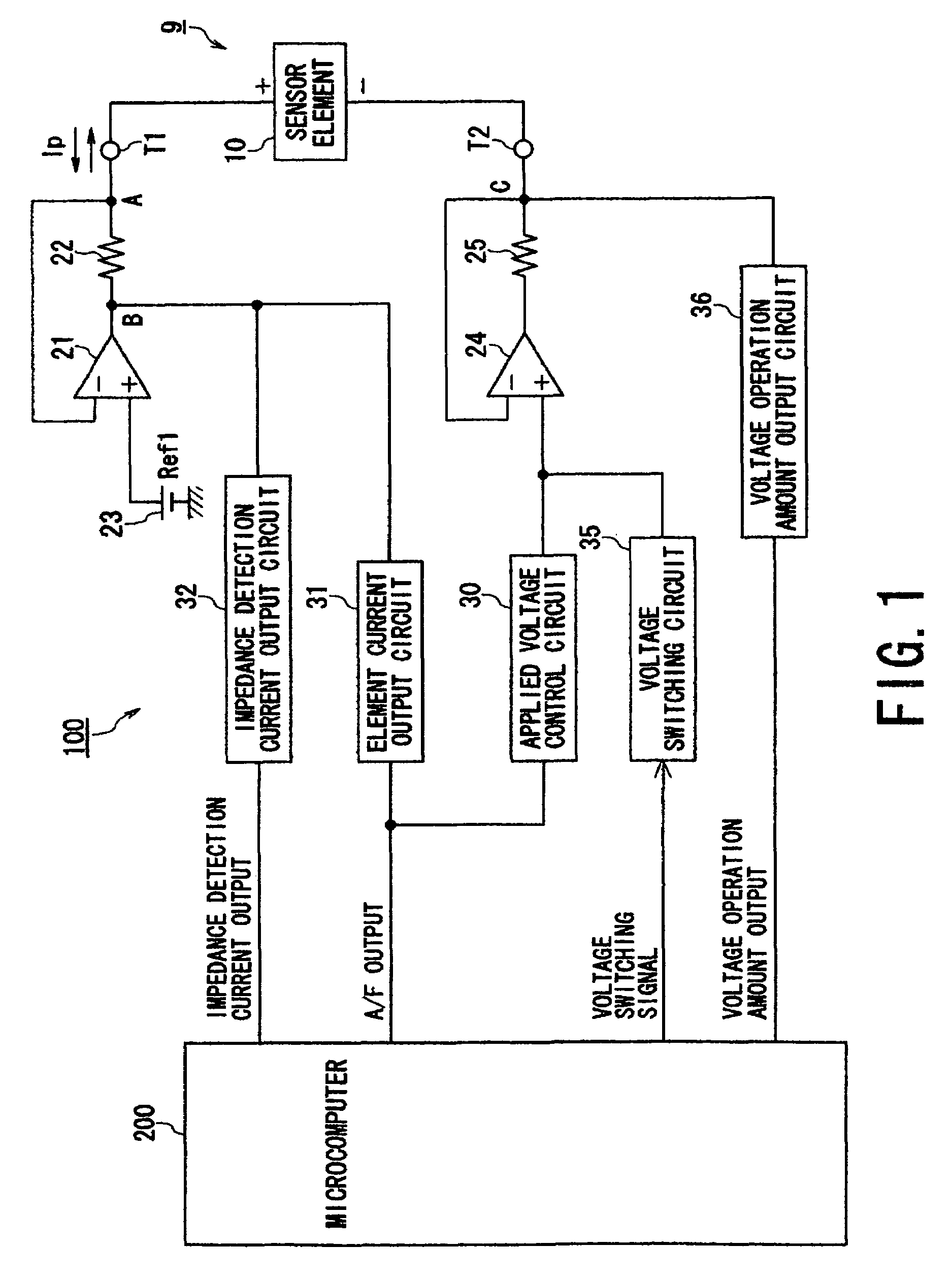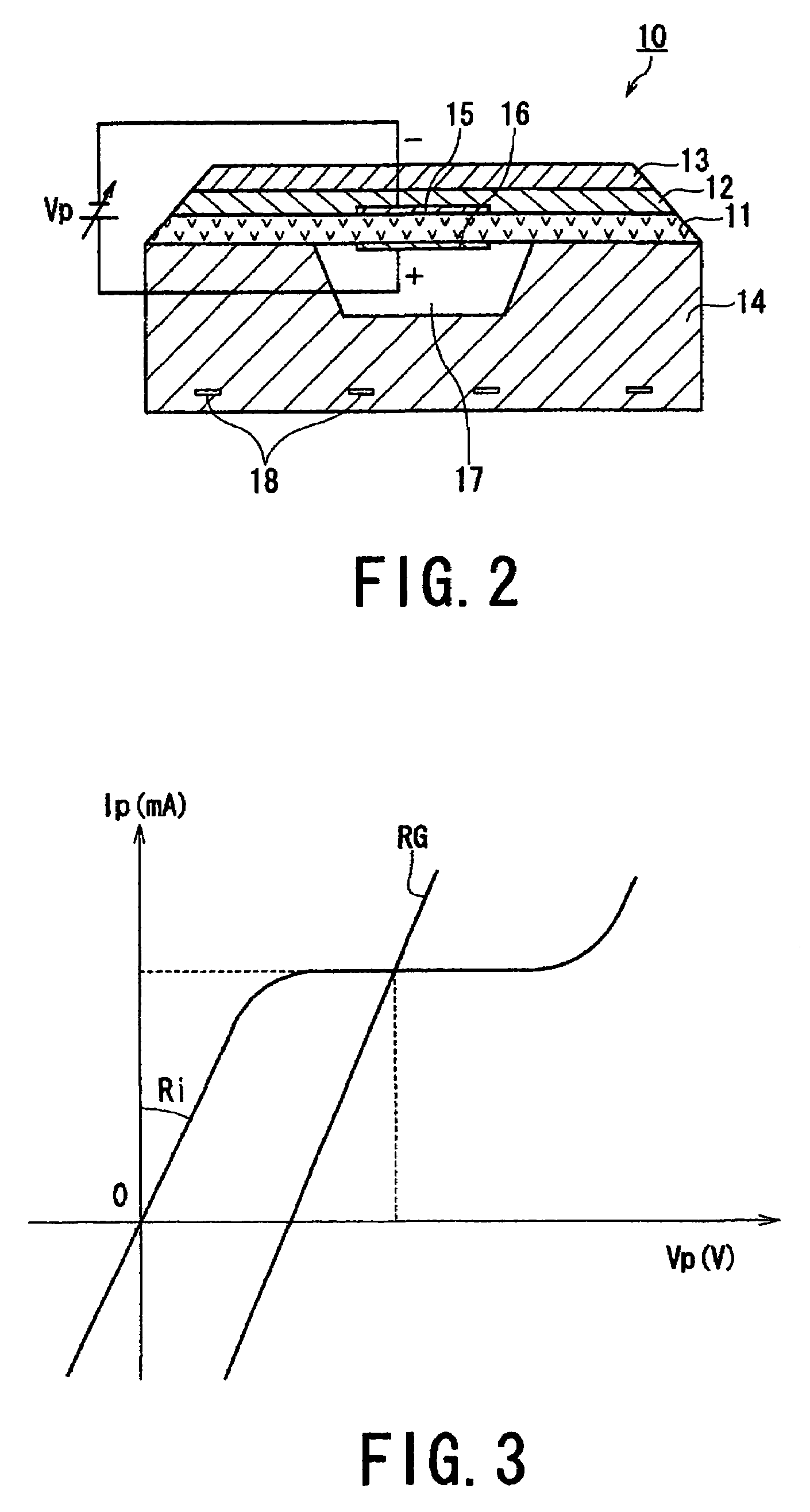Gas concentration detecting apparatus
- Summary
- Abstract
- Description
- Claims
- Application Information
AI Technical Summary
Benefits of technology
Problems solved by technology
Method used
Image
Examples
first embodiment
[0036]Referring to FIGS. 1 to 6, a first embodiment of the present embodiment will now be described.
[0037]In the present embodiment, an air-fuel ratio detecting apparatus is embodied, which takes in an exhaust gas (combustion gas) released from a vehicle engine as a detected gas and detects oxygen concentration (air-fuel ratio, hereinafter also referred to as A / F) in the gas. The air-fuel ratio control system including an engine ECU or the like uses the detection results of the air-fuel ratio. The air-fuel ratio control system adequately uses combustion controls such as a stoichiometry combustion control for feedback controlling the air-fuel ratio near the stoichiometry and a lean combustion control for feedback controlling the air-fuel ratio in a predetermined lean area.
[0038]FIG. 1 shows the configuration of the air-fuel ratio detecting apparatus including a sensor control circuit, while FIG. 2 shows the configuration of the A / F sensor.
[0039]First, with reference to FIG. 2, the A / ...
second embodiment
[0062]Referring to FIGS. 7 and 8, a second embodiment of the present invention will now be described.
[0063]The second embodiment according to the present invention will now be described, with an emphasis on the differences from the above-described first embodiment. The first embodiment uses as the data for abnormality detection the current variation ΔI (impedance detection current output) responding to the switching of the applied voltage to the sensor.
[0064]In contrast, the second embodiment uses the calculated value of the element admittance (element admittance=ΔI / ΔV) as the data for abnormality detection. In short, no current responds to the applied voltage change, or no normal calculated value of the element admittance is provided, during the detection of the element admittance, if any abnormality occurs in the sensor control system, such as the power supply short circuit or the GND short circuit at at least one of the + and − terminals of the sensor element 10, or the terminal-...
PUM
 Login to View More
Login to View More Abstract
Description
Claims
Application Information
 Login to View More
Login to View More - R&D Engineer
- R&D Manager
- IP Professional
- Industry Leading Data Capabilities
- Powerful AI technology
- Patent DNA Extraction
Browse by: Latest US Patents, China's latest patents, Technical Efficacy Thesaurus, Application Domain, Technology Topic, Popular Technical Reports.
© 2024 PatSnap. All rights reserved.Legal|Privacy policy|Modern Slavery Act Transparency Statement|Sitemap|About US| Contact US: help@patsnap.com










